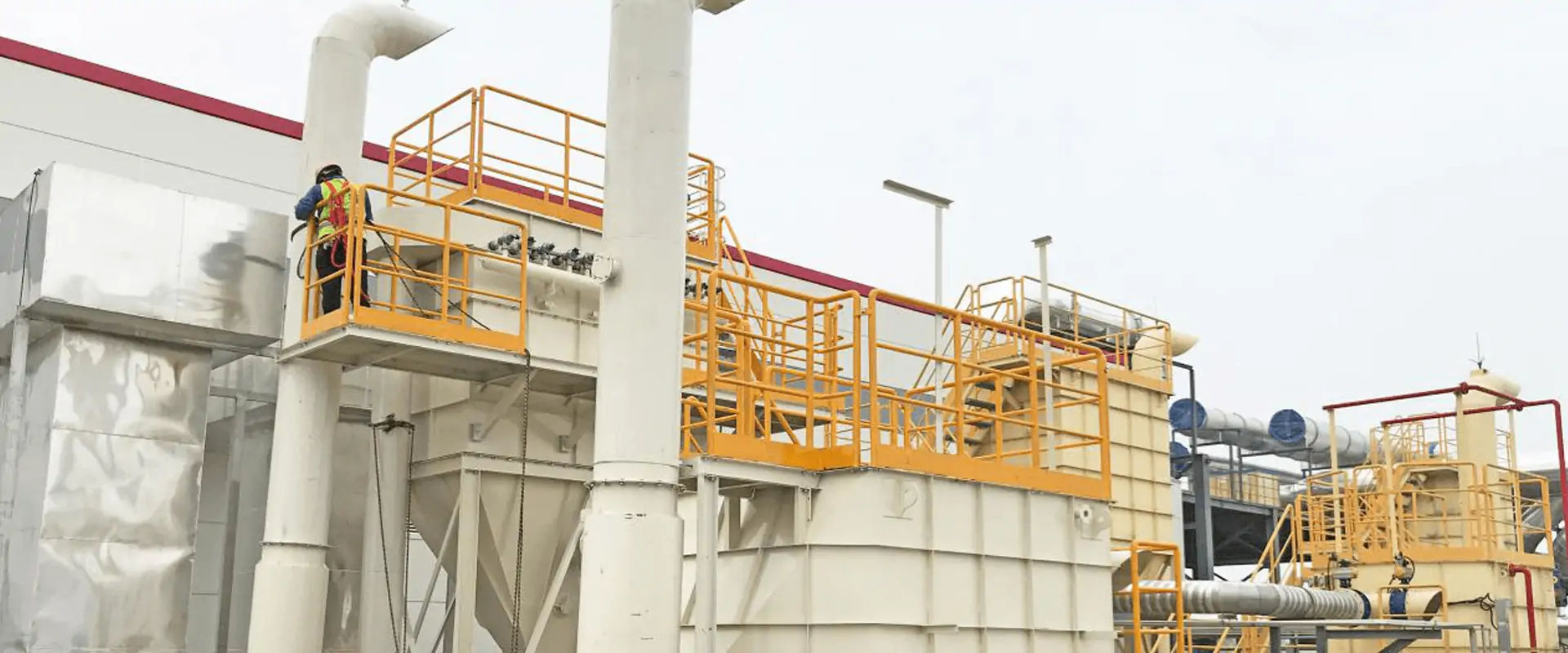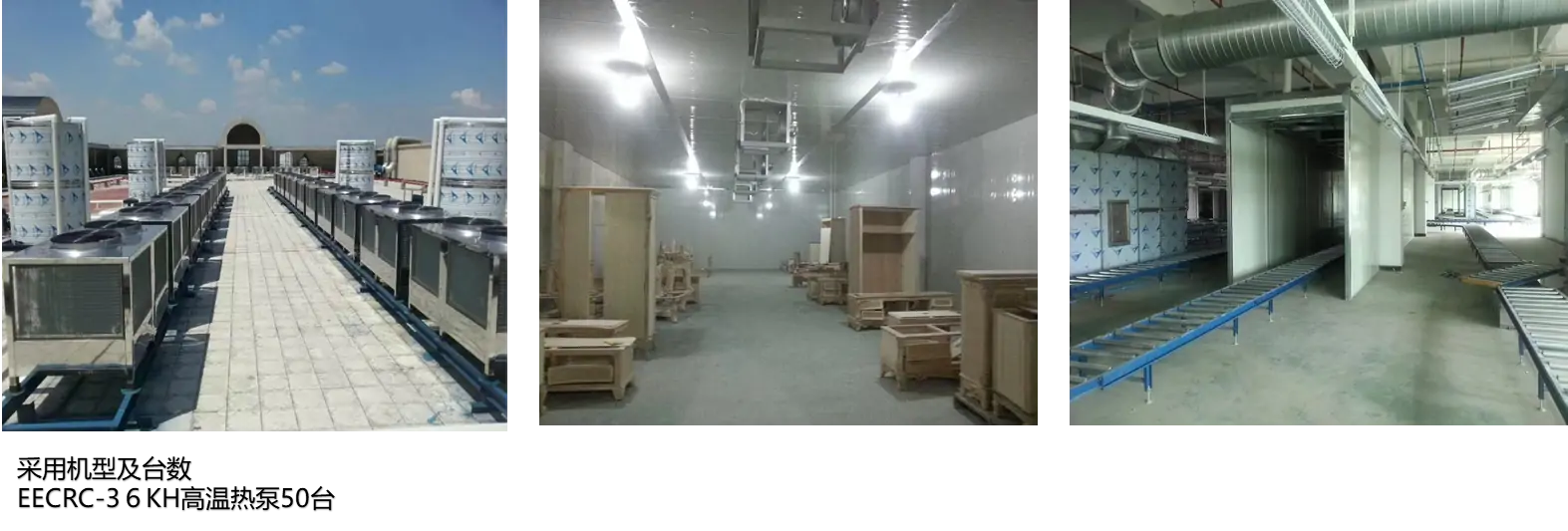Civilian Dust treatment Solution systems
Civilian Dust Treatment Solution Systems for residential/small commercial use comprise air purifiers, advanced-filter vacuum cleaners, and sometimes dust collection units. Air purifiers with HEPA filters capture fine dust, enhancing air quality. Vacuum cleaners pick up dust from various surfaces. Dust collection units store dust, reducing spread. They jointly create a cleaner, healthier space, boosting comfort and well-being by lessening dust’s negative impacts.













